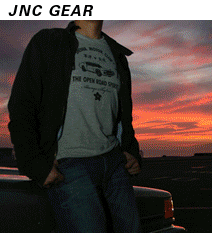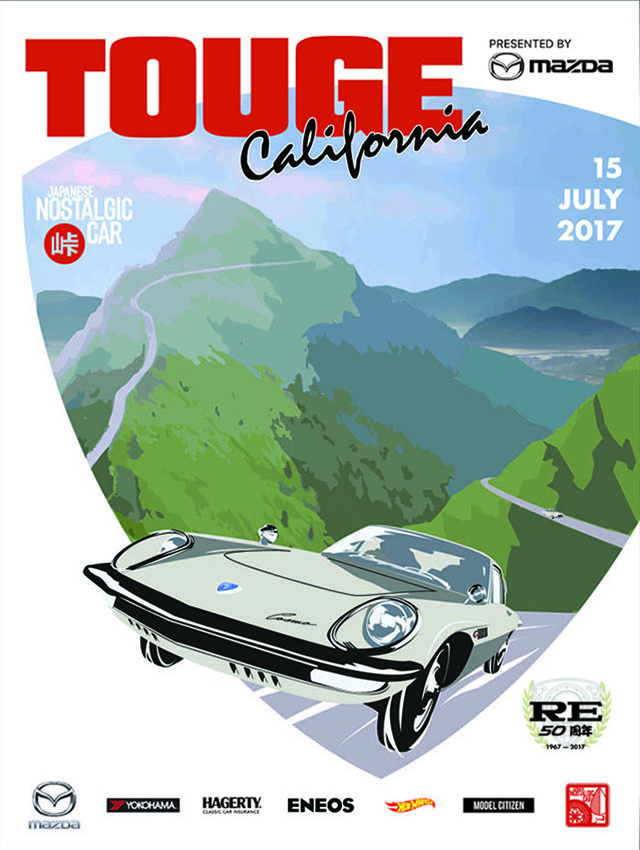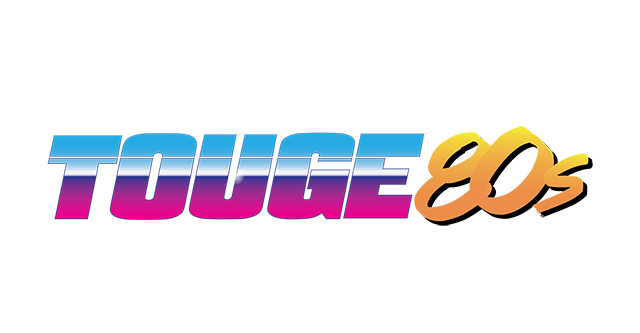Yumiko Okayasu was born Tokyo in 1961, and began her career as the head of a street performance dance crew. By the mid-80s, she had joined the ranks of Japan’s entertainment industry as a singer and actor. Her big breakout came when one of her songs, “Dangerous Sexy Girl” was used in a commercial for a Subaru Rex. Ironically, she ended up being a standout Mitsubishi racer and eventual team owner.
Okayasu even reprised some of her trademark moves in the ads. The following year, she scored a major role as one of the stars of the ensemble drama Seven Friends: An Autumn Story. It was one of the most-watched shows in Japan at the time, and the fame afforded Okayasu the opportunity to participate in more expensive pursuits. Even as she continued to get roles in film and TV she could now pursue her interest in auto racing, and in 1990, at age 29, she obtained a domestic Class A license.
Okayasu began racing in the Mirage Cup, a one-make race sponsored by Mitsubishi Motors. Founded in 1985, the freshman series pitted competitors in identical race-prepped hot hatches. In street-legal guise, the turbocharged and intercooled 1.6-liter 16-valve twin-cams generated an impressive 145PS (143 horsepower). Okuyasu landed a turn on the Alis Team Iwaki crew in a third-gen Mirage Cyborg RS.
Mirage Cup races were held at Tsukuba Circuit and Fuji Speedway, with five races per season and the winner decided on points earned at each round. Incredibly, because this was during the height of the Bubble Era, Mitsubishi could not only afford to sponsor an entire series based on their smallest non-kei compact — with rather generous prize money, in fact — the races were even televised.
 Cars were upgraded in 1992 when the fourth-generation Mirage debuted. The Mirage Cyborg R top-spec models now made 175 horsepower (keep in mind this was 1992, when a Cadillac STS made 195 horses).
Cars were upgraded in 1992 when the fourth-generation Mirage debuted. The Mirage Cyborg R top-spec models now made 175 horsepower (keep in mind this was 1992, when a Cadillac STS made 195 horses).
Mirage Cup racing was fierce, made all the more competitive because the cars were almost identical and victory depended on driver skill. That year, Okuyasu scored her highest ranking, winning the Class 2 championship.
In this footage from a Mirage Cup battle, you can see Okuyasu’s quick thinking in action when two other Mirages spin out right in front of her on Fuji Speedway’s difficult Hairpin (12:40). She’s driving the white and pink No.3 car. Thrown off her line, the driver of the in-car camera is able to pass her, but a few laps later (15:55) she comes back with a vengeance in late-braking battle from triple-digit speeds at Daiichi.

Eventually Okayasu started her own team, called Heart in Heart Racing. She became the manager, fielding Mirages in her trademark pink and white livery, but also one of the drivers. In 1996, she finished fourth overall in the N1 Endurance series.
Mitsubishi canceled the Mirage Cup after the 1998 season, about the time when the bubble truly burst, sending ripples of economic devastation across Asia. Okayasu’s racing efforts seem to have fizzled out after that, and she no longer sings, but she still takes television roles from time to time. In any case, this celebrity turned racer proved that she had real skill behind the wheel, which is more than we can say for a lot of hosts of car-themed reality shows.
Images courtesy of Hands-Net, Lubrolene.









That’s amazing,Kudos to her.